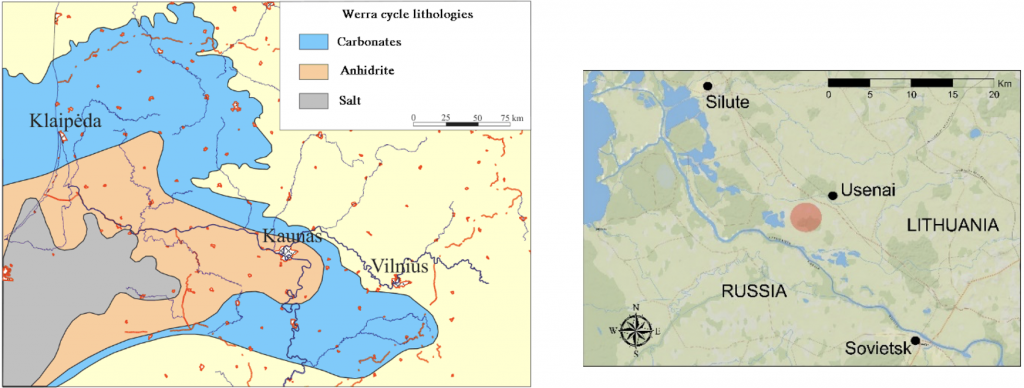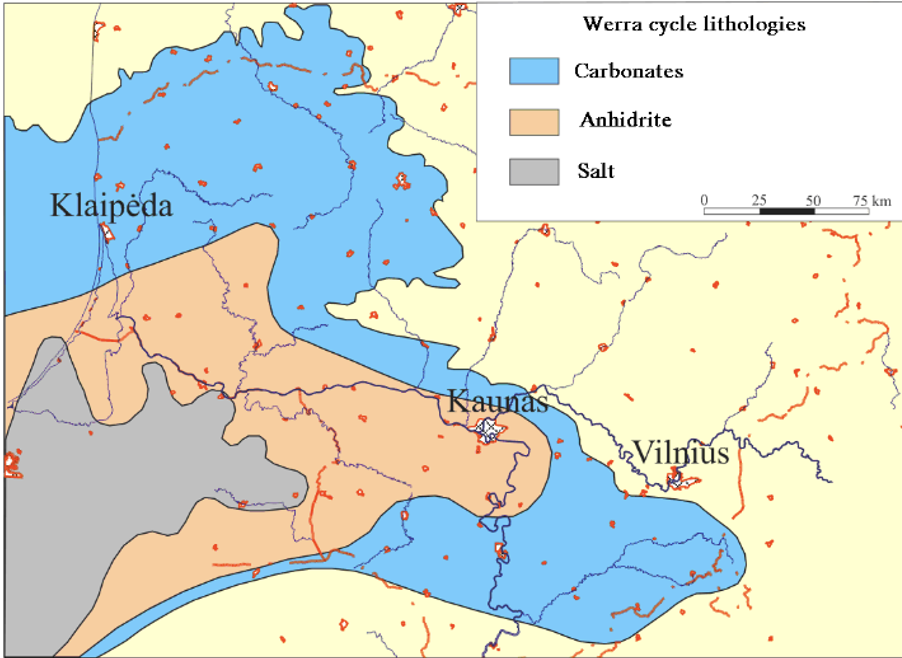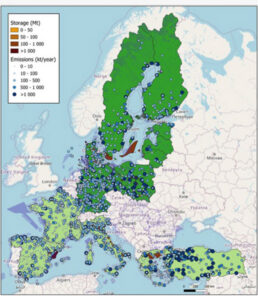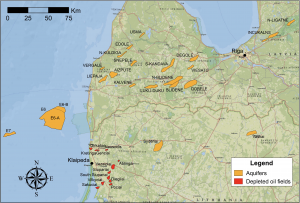Underground Hydrogen Storage in the Baltic Countries: Future Outlook for Lithuania
Authors A. Shogenova1, S. Sliaupa2, K. Shogenov1
Affiliations:
1Tallinn University of Technology
2 Institute of Geology and Geography
Publisher: European Association of Geoscientists & Engineers
Source: Conference Proceedings, 83rd EAGE Annual Conference & Exhibition, Jun 2022, Volume 2022, p.1 – 5
DOI: https://doi.org/10.3997/2214-4609.202210707
Suggested citation: Shogenova, A.; Sliaupa, S.; Shogenov, K. 2022. Underground Hydrogen Storage in the Baltic Countries: Future Outlook for Lithuania. 83rd EAGE Annual Conference & Exhibition: 83rd EAGE Annual Conference & Exhibition, Madrid, 6-9 June 2022. Amsterdam, The Netherlands: European Association of Geoscientists & Engineers, 1−5. DOI: 10.3997/2214-4609.202210707.
Summary
Hydrogen has an important role in reaching carbon neutrality by 2050. With the annual potential of reducing 7 GT CO₂ in 2050, hydrogen can contribute 20% of the total abatement needed in 2050. Underground storage of hydrogen (UHS) will be needed in future. Sandstone reservoirs for UHS require 0.3–60 km² area, 500–2500 m depth and minimum 20 m thickness, 10% porosity and 50 mD permeability, effective seal and suitable location. UHS capacity in Lithuania is estimated for the first time in 12 oil fields, 3 aquifer structures in Cambrian Deimena Formation sandstone and one Upper Permian salt dome. The total estimated storage volume of oil fields is 9.42 Mm³ or 121 Kt of hydrogen. The capacity of three aquifer structures located at 0.9–1.6 km depth and 43–91 km² area is higher than for oil fields and has better properties. Their capacity is 38.2 Mm³ or 363 Kt, they have higher porosity, permeability and lower temperature. A small capacity with a maximum of 1.9 kt H₂ is estimated for the Upper Permian salt dome. The total estimated capacity is about 48 Mm³ or 487 Kt H₂. The prospective option is transboundary storage in Latvian structures, and salt caverns in the Kaliningrad region of Russia located close to Lithuanian borders.





